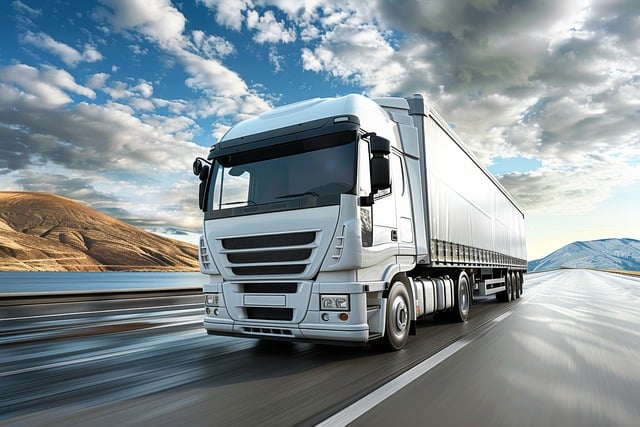Choosing between enclosed and open car transport for auctions depends on vehicle value, budget, and weather concerns. Enclosed carriers protect high-value or classic cars from elements, while open transport is cost-effective for bulk shipping less valuable vehicles. Auctioneers balance risk and efficiency by selecting the method that best suits their specific needs, considering time sensitivity and desired environmental protection for each lot.
“Unsure about the best way to transport your vehicles to auctions? Discover the ins and outs of enclosed vs open car transport services. This comprehensive guide breaks down the advantages and disadvantages of each method, ensuring you make an informed decision for seamless vehicle shipping. From protection to cost-effectiveness, we explore key factors to consider, helping you choose the optimal option for your auction needs. Optimize your logistics with our expert insights on efficient vehicle shipping for auctions.”
- Understanding Enclosed and Open Car Transport: A Comprehensive Overview
- Advantages and Disadvantages of Each Shipping Method for Auctions
- Choosing the Right Vehicle Shipping Option: Key Factors to Consider
Understanding Enclosed and Open Car Transport: A Comprehensive Overview

Enclosed and open car transport services refer to two distinct methods of moving vehicles, each with its own set of advantages and use cases. Understanding these differences is crucial for anyone considering vehicle shipping, especially for auctions where a seamless and secure transportation process is essential.
Enclosed car transport involves carrying vehicles within secure, sealed containers designed to protect them from external elements and potential damage during transit. This method is ideal for high-value or classic cars, as it offers maximum protection against scrapes, bumps, and weather conditions. Open transport, on the other hand, involves transporting vehicles on open racks, offering visibility and accessibility but exposing them to potential weather damage and debris. It’s a cost-effective solution for bulk shipping of less valuable or standard vehicles, like those in auctions where buyers prioritize efficiency over the condition of the vehicle upon arrival.
Advantages and Disadvantages of Each Shipping Method for Auctions

Enclosed vs Open Car Transport for Auctions
When it comes to vehicle shipping for auctions, enclosed and open transport methods each have their unique advantages and disadvantages. Enclosed carriers provide several benefits, including superior protection against weather conditions like rain or snow, which can cause scratches, dents, or even structural damage during transit. They also offer enhanced security as vehicles are fully shielded from external elements and potential theft or vandalism. This method is ideal for high-end or classic cars that require utmost care and safety.
On the other hand, open transport offers more exposure to the elements but comes with significant cost savings. It’s a popular choice for less valuable or standard vehicles where weather protection isn’t as critical. While open carriers might leave vehicles vulnerable to environmental factors, they are generally faster and cheaper alternatives. Auctioneers often opt for open shipping for bulk lots or entry-level vehicles, balancing the need for efficient transportation with acceptable levels of risk.
Choosing the Right Vehicle Shipping Option: Key Factors to Consider

When considering vehicle shipping services, whether for personal or commercial purposes like auctions, it’s crucial to understand the options available. The primary distinction lies between enclosed and open transport methods. Enclosed carriers provide a secure, weatherproof environment, ideal for high-value or specialty vehicles that require protection from potential damage during transit. This option is especially suitable for classic cars, luxury vehicles, and those with intricate detailing, ensuring they arrive in the same condition as when collected.
On the other hand, open transport is more cost-effective and exposes the vehicle to the elements. It’s the preferred choice for more common or less valuable cars that aren’t as susceptible to weather conditions. For auctions, open shipping can be efficient and time-saving, but it requires careful consideration of potential weather interruptions during transit. Key factors in making this decision include budget, vehicle type, time sensitivity, and desired level of protection against environmental factors.
When it comes to vehicle shipping for auctions, understanding the differences between enclosed and open transport services is key. Both methods have their unique advantages and disadvantages, catering to diverse needs in the automotive logistics sector. By carefully considering factors like weather protection, security, cost, and time sensitivity, auctioneers can make informed decisions to ensure smooth transactions. Ultimately, selecting the right shipping option can enhance participant experience, maximize sales potential, and contribute to a thriving automotive market.
